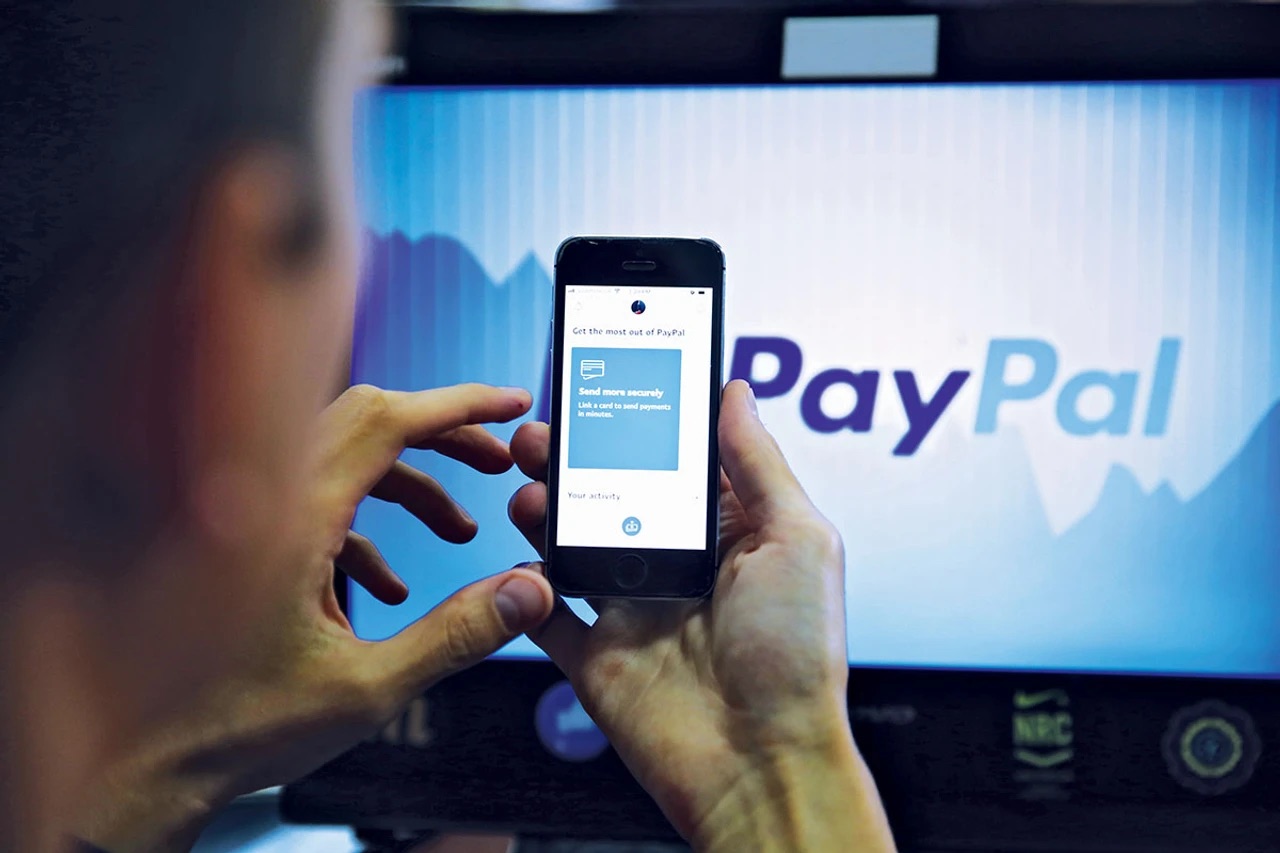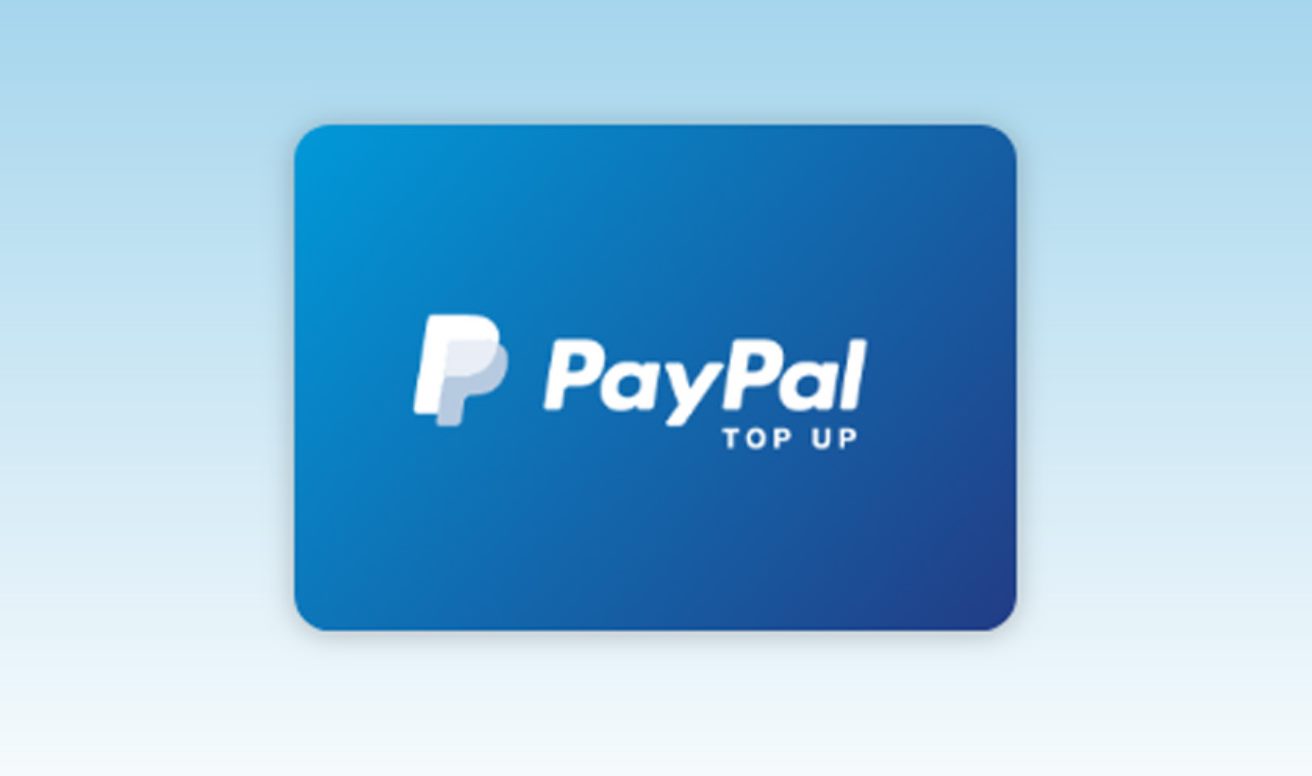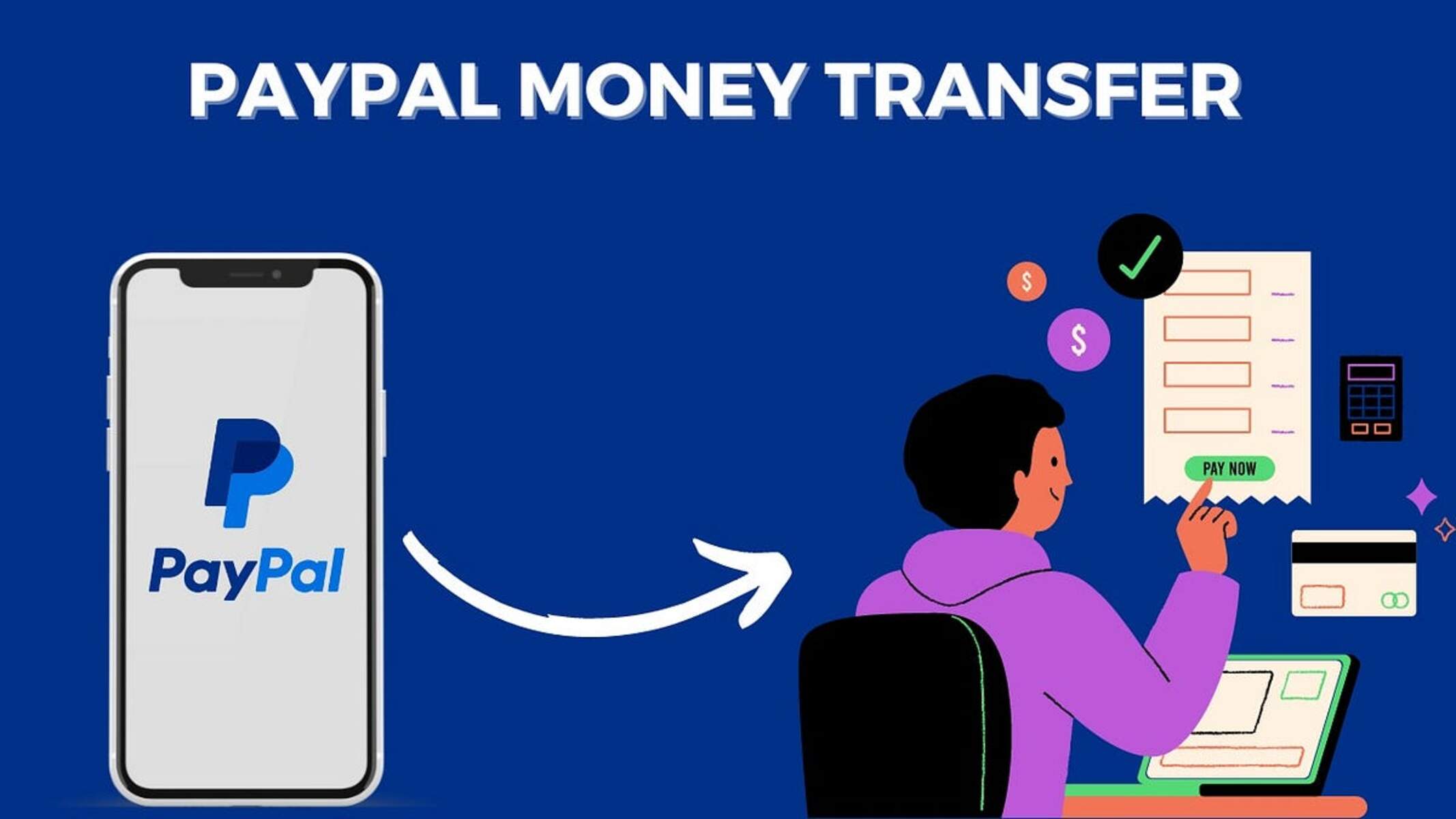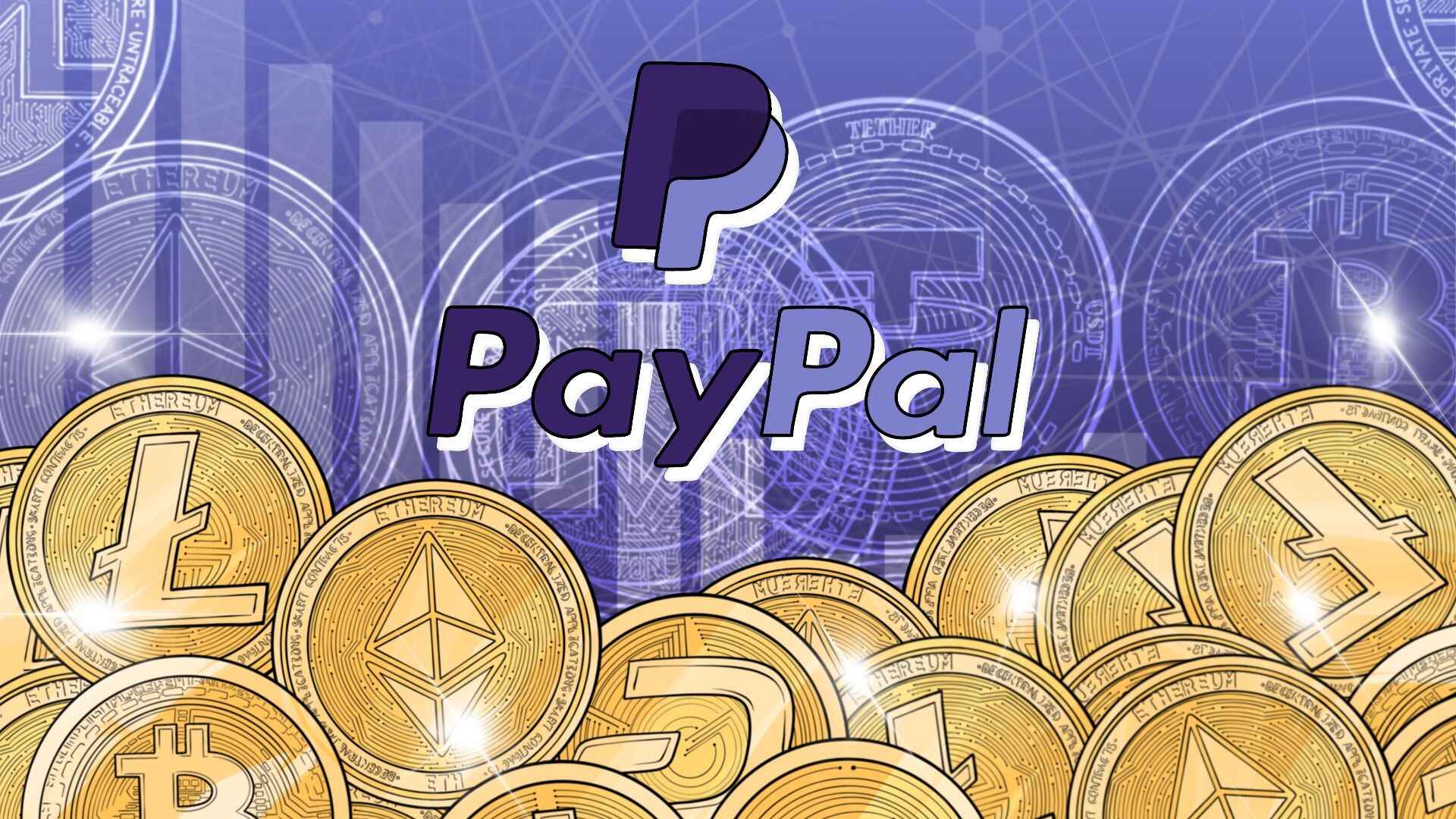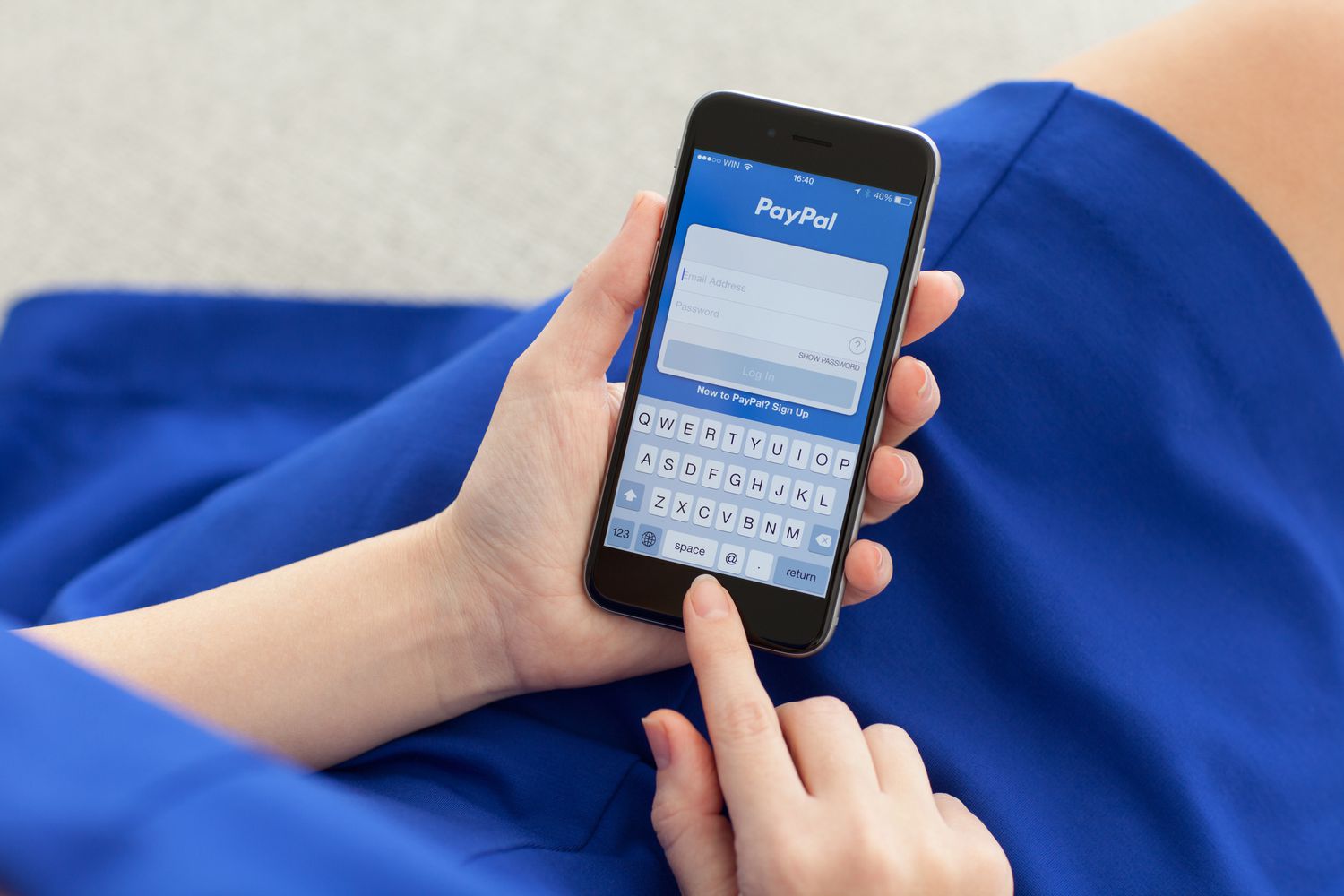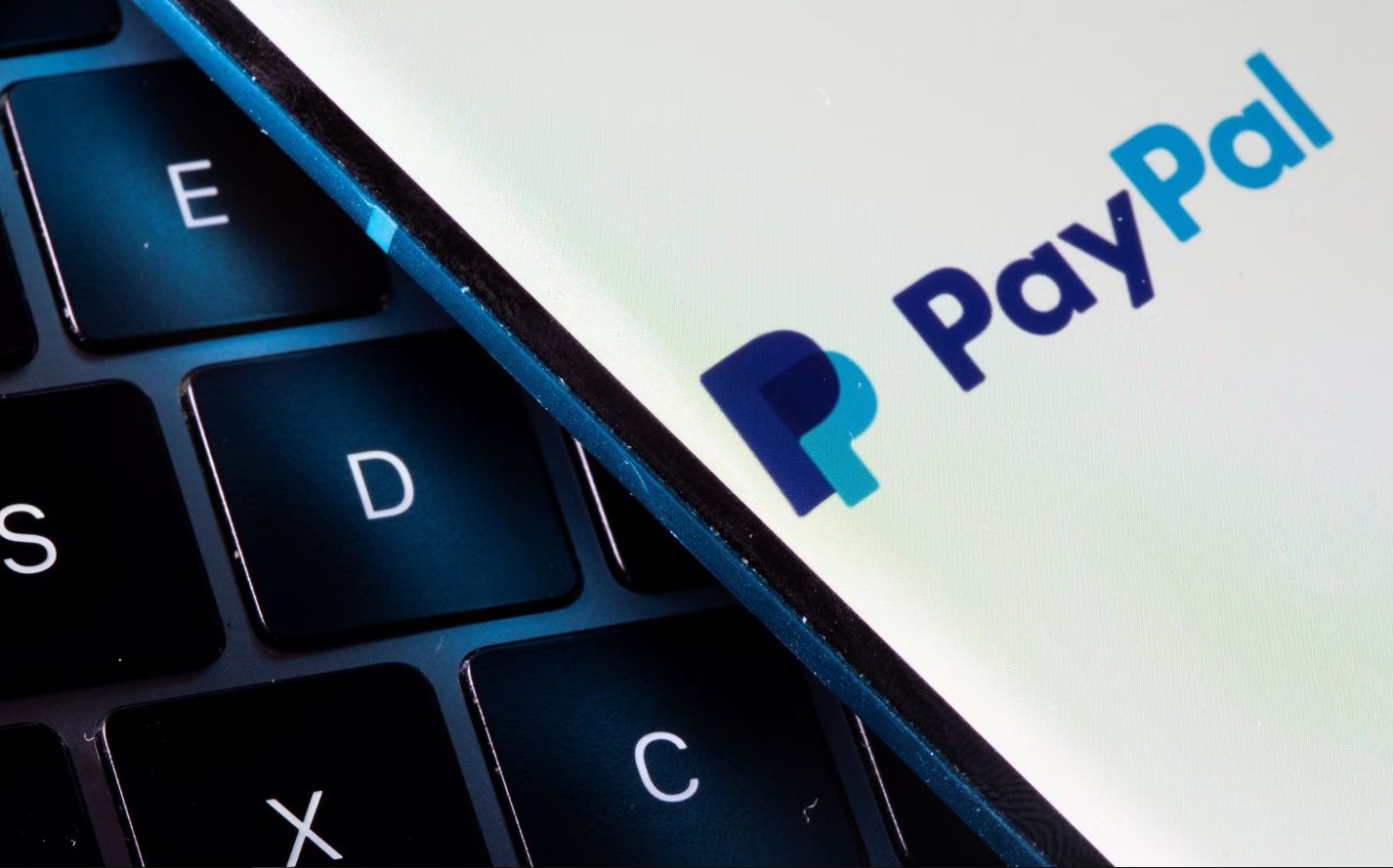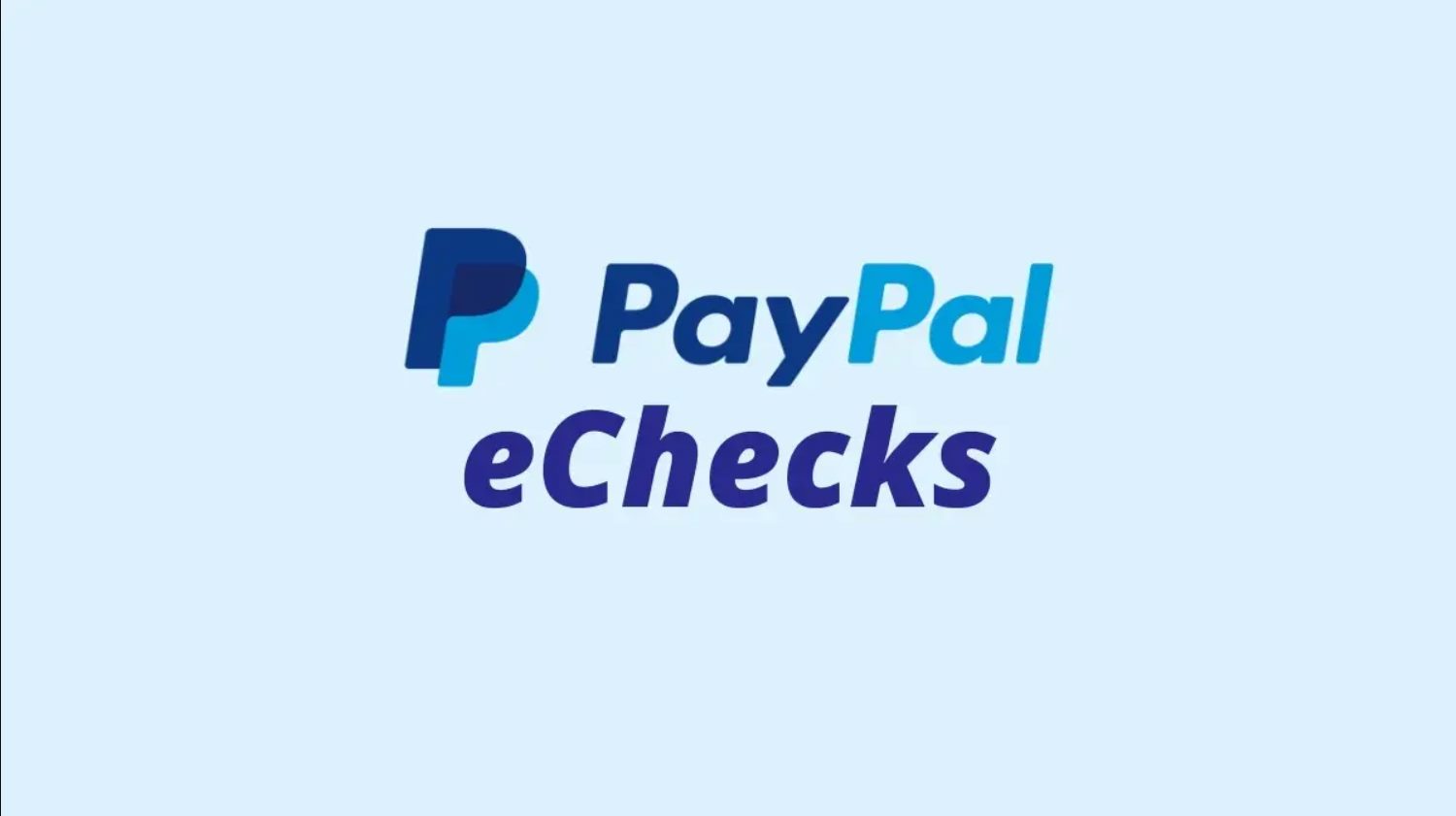Introduction
PayPal is a widely used online payment platform that allows users to make transactions, send money, and receive payments securely. One common query among PayPal users is how long it takes for funds to transfer from PayPal to their linked bank account. The time it takes for this transfer depends on various factors, including the type of transfer you choose and other external factors that can affect processing times.
In this article, we will explore the different factors that can influence the transfer times, including the type of transfer (standard or instant), how to link your bank account to PayPal, and potential issues you may encounter during the process. By the end of this article, you will have a better understanding of the timeframes involved in transferring funds from PayPal to your bank account, as well as tips to speed up the transfer process.
Before we dive into the details, it’s important to remember that PayPal is constantly working to enhance its services, and transfer times may vary based on updates and improvements made by the platform. However, the information covered in this article will provide you with a general idea of what to expect when transferring funds from PayPal to your bank account.
How to Link Your Bank Account to PayPal
Before you can transfer funds from PayPal to your bank account, you need to link your bank account to your PayPal account. This is a simple process that can be completed in a few steps.
Step 1: Log in to your PayPal account and click on the “Wallet” tab, which you will find at the top of the page.
Step 2: Under the “Bank accounts” section, click on the “Link a bank account” option. This will open a form where you can provide the required details.
Step 3: Fill in the requested information, including your bank account number, bank routing number, and account type. Make sure the information you enter is accurate to avoid any issues with the linking process.
Step 4: Once you have filled in the necessary details, click on the “Link Bank” button to initiate the linking process. PayPal will then verify your bank account information, which may take a few days.
Step 5: To complete the linking process, PayPal will make two small deposits (usually a few cents) to your bank account within 1-2 business days. Check your bank statement or online banking to identify these deposits.
Step 6: Once you receive the deposits, log back in to your PayPal account and click on the “Wallet” tab. Under the “Bank accounts” section, you will see the option to confirm your bank account. Click on it and enter the amounts of the two deposits PayPal made into your bank account.
Step 7: After confirming the amounts, PayPal will verify your bank account, and it will be linked to your PayPal account. You can now proceed with transferring funds from PayPal to your bank account.
It’s essential to note that different countries may have slightly different procedures for linking bank accounts to PayPal. Therefore, it’s advisable to refer to the PayPal website or contact customer support for specific instructions based on your location.
Instant Transfers vs. Standard Transfers
When transferring funds from PayPal to your bank account, you have the option to choose between instant transfers and standard transfers. Understanding the difference between these two options can help you determine the best choice for your needs.
Standard Transfers: Standard transfers are the default option for transferring funds from PayPal to your bank account. They are usually free of charge and may take a bit longer to process compared to instant transfers. The exact time for standard transfers can vary depending on various factors, such as your bank’s processing times and weekends or public holidays that may affect the transfer process. Generally, standard transfers can take 1-3 business days to complete.
Instant Transfers: If you need immediate access to your funds, you have the option to use instant transfers. Instant transfers allow you to move money from your PayPal account to your eligible bank account instantly. However, there is a small fee associated with instant transfers. The fee is a percentage of the transfer amount, with a minimum fee applied. The exact fee structure can be found on the PayPal website or by contacting their customer support. Instant transfers can be a convenient option if you need to access your funds quickly but be aware of the associated fees.
It is important to note that not all countries support instant transfers, so availability may vary depending on your location. Additionally, even if instant transfers are available in your country, they may still be subject to certain limitations and eligibility criteria imposed by PayPal.
When choosing between instant transfers and standard transfers, consider factors such as urgency, fees, and availability. If you require immediate access to your funds or have time-sensitive financial needs, instant transfers may be the best option. On the other hand, if you can wait a few days for the transfer to complete and prefer to avoid additional fees, standard transfers would be the more appropriate choice.
Now that you have an understanding of the differences between instant transfers and standard transfers, let’s dive into the factors that can affect the transfer times for both options.
Factors Affecting Transfer Times
Several factors can influence the transfer times when moving funds from PayPal to your bank account. It is important to be aware of these factors to understand why transfer times may vary and what you can do to expedite the process.
1. Account Verification: The verification status of your PayPal account can impact transfer times. If your account is not fully verified, PayPal may impose certain limitations or hold funds for security purposes. Make sure to complete the verification process and provide any additional information that PayPal may require to avoid delays in transferring funds.
2. Bank Processing Times: After PayPal initiates the transfer, the processing times of your bank can play a significant role in the overall transfer times. Different banks have varying processing times for incoming transactions, especially during weekends, holidays, or non-business hours. Check with your bank to understand their processing times and plan your transfers accordingly.
3. Weekends and Public Holidays: Weekends and public holidays can cause delays in transfer processes. Banks often have limited or no processing during these periods, which can result in longer transfer times. If you initiate a transfer on a Friday or just before a public holiday, it’s possible that the funds will not be processed until the next business day.
4. Transfer Volume: High transfer volumes can impact processing times. During peak periods, such as holiday seasons or significant sales events, the increased number of transactions can cause delays in both PayPal’s and the banks’ processing systems. It’s essential to consider these factors if you anticipate a high volume of transfers during such periods.
5. Country and Region: Transfer times can also be influenced by the country and region you are transferring funds to or from. Different regions may have different banking systems, processing times, and regulations. International transfers may take longer due to additional checks and processes required by banks and regulatory authorities.
6. Technical Issues: Although rare, technical issues can occur that may impact transfer times. These issues could be related to PayPal’s system, your bank’s system, or any other technical glitch in the transfer process. If you experience unusual delays or encounter any errors, it is recommended to reach out to PayPal’s customer support for assistance.
By being aware of these factors and understanding how they can influence transfer times, you can better manage your expectations and plan your transfers accordingly. In the next sections, we will discuss the approximate timeframes for standard transfers and instant transfers in more detail.
How Long Does It Take for Standard Transfers?
The duration for standard transfers from PayPal to your bank account can vary depending on several factors, as mentioned earlier. While it is not possible to provide an exact timeframe, we can provide you with a general guideline of what to expect.
In most cases, standard transfers take 1-3 business days to complete. Business days refer to weekdays, typically Monday to Friday, excluding weekends and public holidays. It’s important to keep in mind that the day the transfer is initiated may not be counted as a business day, and the processing time starts from the next business day.
Factors such as your bank’s processing times, the country and region you are transferring funds to or from, and any potential delays caused by weekends or public holidays can all influence the actual transfer time. It’s advisable to check with your bank to understand their specific processing times for incoming transactions and factor those into your expectations.
If you have initiated a standard transfer and it has been longer than the expected timeframe, it is recommended to first check the transaction details on your PayPal account. Ensure that the transfer has been properly initiated and that there are no issues or error messages associated with the transaction. If everything appears to be in order, it may be worth contacting PayPal’s customer support for further assistance or contacting your bank for any updates regarding the incoming transfer.
To summarize, standard transfers generally take 1-3 business days to complete, but the actual time may vary depending on various factors. It’s essential to consider these factors and plan your transfers accordingly, especially if time sensitivity is a concern. In the next section, we will discuss the transfer times for instant transfers, which offer a quicker option for accessing your funds.
How Long Does It Take for Instant Transfers?
Instant transfers provide a faster option for moving funds from PayPal to your bank account, allowing you to access your money almost immediately. While the name suggests an instant transfer, there are a few important factors to consider regarding the duration of this process.
With instant transfers, the funds are typically available in your bank account within a few minutes after initiating the transfer. This can be significantly faster compared to standard transfers, which can take 1-3 business days to complete. The exact transfer time for instant transfers may vary depending on your country and the specific eligibility criteria set by PayPal.
It is important to note that instant transfers are not available in all countries. PayPal continuously expands its coverage, but the availability may still be limited in certain regions. Additionally, there may be certain eligibility requirements, such as having a verified PayPal account or meeting certain transaction history criteria, that determine whether instant transfers are available to you.
Another factor to consider with instant transfers is the associated fee. PayPal charges a small fee, which is a percentage of the transfer amount with a minimum fee applied, for the convenience of instant transfers. The exact fee structure can be found on the PayPal website or by contacting their customer support. Make sure to factor in the fee when deciding whether to opt for an instant transfer.
If you’ve initiated an instant transfer and it is taking longer than expected, there are a few possible reasons. First, ensure that your PayPal account is eligible for instant transfers by checking the requirements and limitations set by PayPal for your region. Additionally, make sure that your bank account is correctly linked and verified to avoid any potential issues that may delay the transfer process.
In rare cases, technical glitches or other unforeseen circumstances can cause delays in instant transfers. If you encounter any issues, it is recommended to reach out to PayPal’s customer support for assistance. They will be able to provide you with specific information and guidance based on your situation.
To summarize, instant transfers offer a quicker option for transferring funds from PayPal to your bank account, with the funds typically available within a few minutes. However, availability and eligibility criteria may vary based on your country and PayPal account status. Keep in mind the associated fees when deciding between instant transfers and standard transfers.
In the next section, we will provide you with some helpful tips to speed up the transfer times and ensure a smooth process.
Tips to Speed Up Transfer Times
If you’re looking to expedite the transfer process from PayPal to your bank account, there are several tips and practices you can follow. While these tips may not guarantee instant transfers, they can help minimize any unnecessary delays and ensure a smoother experience.
1. Keep your PayPal account and bank account information up to date: Make sure that your PayPal account and bank account details are accurate and up to date. Any discrepancies or outdated information can lead to processing delays or even failed transfers. Regularly review and update your account information as needed.
2. Complete the verification process: Ensure that your PayPal account is fully verified. Verification helps establish trust and credibility, reducing the likelihood of any security holds or transaction restrictions. Complete the verification steps provided by PayPal to expedite the transfer process.
3. Link a trusted bank account: Linking a bank account that you have an established relationship with can help speed up the transfer process. Choose a reliable bank with efficient processing times to minimize any delays during the transfer process.
4. Opt for instant transfers (if available and suitable): Consider using instant transfers if you need immediate access to your funds. While instant transfers come with a fee, they can significantly reduce transfer times compared to standard transfers. Evaluate the urgency of your transfer needs and choose the appropriate option accordingly.
5. Plan your transfers strategically: Be mindful of weekends, public holidays, and bank processing times when initiating transfers. If possible, try to avoid initiating transfers on weekends or holidays when banks may have limited processing capabilities. Aim to initiate transfers during weekdays to have the best chance of faster processing times.
6. Monitor your transfer status: Keep an eye on the status of your transfers within your PayPal account. If you notice any unusual delays or issues, contact PayPal’s customer support for assistance. They can provide you with specific information and help resolve any problems that may be affecting the transfer process.
7. Be patient and allow for processing time: Despite following all the tips, it’s important to remain patient and allow for the necessary processing time. While delays are rare, they can occasionally occur due to various external factors. Stay proactive by keeping track of the transfer progress and reaching out to customer support if necessary.
By following these tips, you can enhance the efficiency of your transfer process and potentially reduce any unnecessary delays. Remember to stay informed about the specific features and limitations of PayPal services in your country to best optimize your transfer experience.
In the next section, we will address some common issues and troubleshooting steps that you may encounter during the PayPal to bank account transfer process.
Common Issues and Troubleshooting
While transferring funds from PayPal to your bank account is usually a smooth process, there may be instances where you encounter certain issues or face unexpected challenges. Here are some common issues that users may encounter and some troubleshooting steps to help resolve them:
1. Incorrect or outdated bank account information: Double-check that the bank account information you provided is accurate and up to date. Contact your bank to confirm the account details if necessary. If you realize you’ve entered incorrect information, update it in your PayPal account and initiate the transfer again.
2. Insufficient funds in your PayPal account: Ensure that you have sufficient funds available in your PayPal account to cover the transfer you want to make. If there are insufficient funds, add money to your PayPal account before initiating the transfer.
3. Account limitations or holds: If your PayPal account has any account limitations or holds due to security concerns or other issues, it may impact your ability to transfer funds. To resolve this, follow the instructions provided by PayPal to lift any limitations or resolve any issues that may be affecting your account.
4. Transfer delays due to processing times: Standard transfers typically take 1-3 business days to complete. However, external factors such as weekends, public holidays, or high transfer volumes may cause delays. Be patient and allow sufficient time for processing based on the estimated duration provided by PayPal.
5. Bank-specific issues or delays: Occasionally, there may be delays occurring on the bank’s end, such as technical issues or processing backlogs. If you suspect that the delay is due to your bank, reach out to their customer support for assistance and updates on the transfer.
6. Regional restrictions or limitations: Certain countries may have specific regulations or restrictions that affect PayPal services, including fund transfers. Ensure that you are aware of any regional limitations imposed by PayPal or your country’s financial regulations that may impact your transfer process.
7. Contact PayPal customer support: If you have followed troubleshooting steps and still encounter issues or have questions, don’t hesitate to reach out to PayPal’s customer support. They have dedicated teams available to assist you and provide guidance based on your specific situation.
Remember, each case may have unique circumstances, and it’s essential to address any issues promptly to resolve them effectively. PayPal’s customer support is your best resource for specific guidance and assistance throughout the transfer process.
Now that we have explored common issues and possible troubleshooting steps, let’s conclude with a summary of the key points discussed in this article.
Conclusion
Transferring funds from PayPal to your bank account provides a convenient way to access your money and manage your finances. The transfer times can vary depending on factors such as the type of transfer (standard or instant), account verification status, bank processing times, and weekends or public holidays. It is important to keep these factors in mind and plan your transfers accordingly.
In this article, we discussed how to link your bank account to PayPal, the differences between instant transfers and standard transfers, and the factors that can affect transfer times. We also provided tips to speed up transfer times and addressed common issues and troubleshooting steps you may encounter during the transfer process.
Remember to keep your PayPal and bank account information up to date, consider opting for instant transfers if time sensitivity is important, and plan your transfers strategically. Be patient in cases of delays, but also stay proactive by monitoring your transfer status and contacting customer support if needed.
Overall, PayPal offers a reliable and secure platform for transferring funds from your PayPal account to your bank account. By understanding the transfer process and being aware of the factors that can affect transfer times, you can make informed decisions and enjoy a seamless experience when managing your finances with PayPal.
If you have further questions or encounter any issues, it is always recommended to reach out to PayPal’s customer support for personalized assistance. They are available to help you navigate any challenges or address any concerns you may have with your PayPal to bank account transfers.







